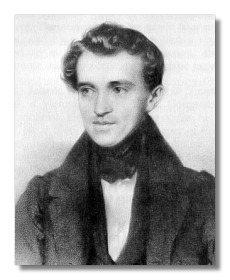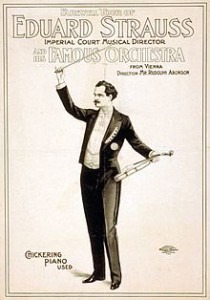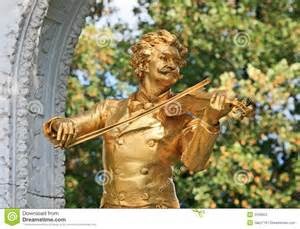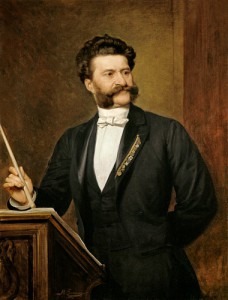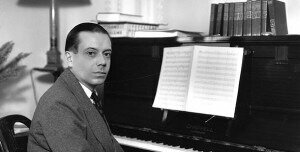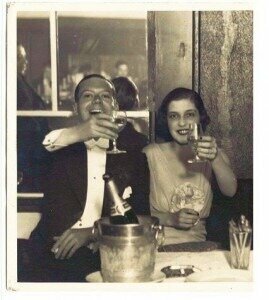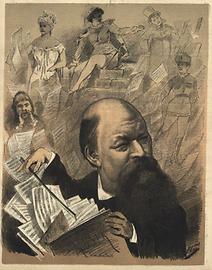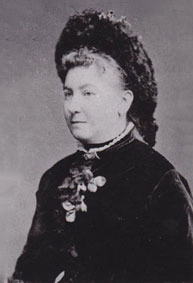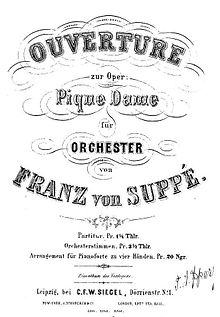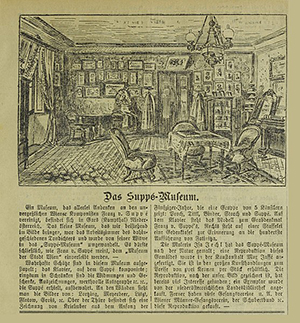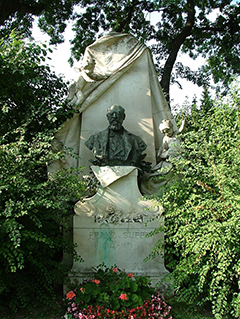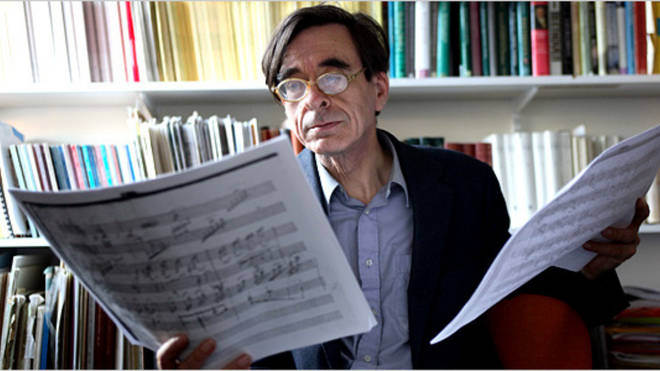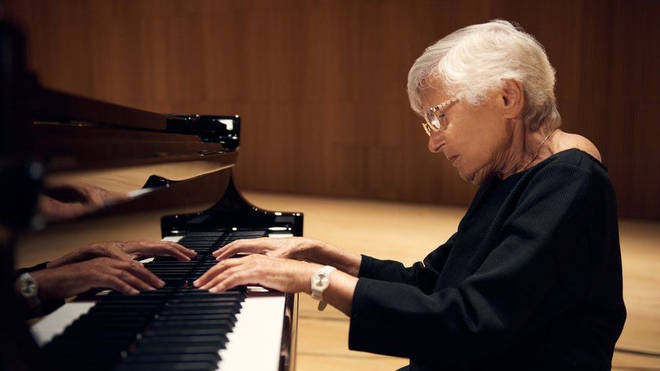1 February 2022, 17:21 | Updated: 1 February 2022, 17:26
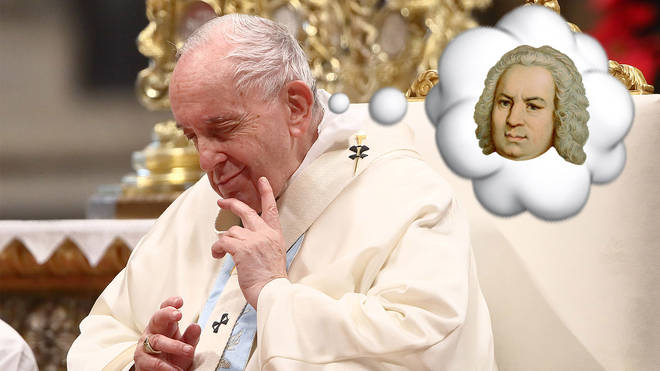
The Pope’s personal playlist is an unexpected marriage of Bach, Piazzolla and Pärt, with Italian pop-opera hits.
Last month, the Pope delighted the music world when he was spotted slipping out of the Vatican to visit a record store in downtown Rome, and leaving with a classical CD in hand.
The Pope has previously professed his love for the music of Bach and Mozart, calling Bach’s Mass in B Minor and Mozart’s Great Mass in C Minor ‘sublime’ and ‘unsurpassable’.
Now, through a tweet from the president of the Pontifical Council for Culture, Gianfranco Ravasi, we have been given a deeper insight into Pope Francis’ curious cocktail of musical tastes.
Cardinal Ravasi posted a photo of the “musical materials” he had received from the Pope in advance of Italy’s iconic Sanremo Music Festival. The cluster of recordings included a vinyl of Bach’s St John Passion, a CD of minimalist composer Arvo Pärt’s Adam’s Lament, and an album by operatic pop trio, Il Volo.
Read more:
“We’re approaching #Sanremo2022, and I have received another set of musical materials from Pope Francis. Best wishes to the festival!” Ravasi tweeted.
Along with the Bach and Pärt, the Pope sent Ravasi an EP of Italian record producer and singer Caterina Caselli’s song ‘Nessuno mi puo’ giudicare’, and an album of music by Argentine composer Astor Piazzolla.
When Pope Francis visited StereoSound, the Rome record store, earlier this year, the store’s owner Letizia Giostra told Italian newspaper Corriere Della Sera that his surprise visit was “an immense thrill.” She added: “The Holy Father is passionate about music and was already our client, years ago, when he was still a cardinal and would pass through Rome. Then, of course, we never saw him again. And now he came to visit us, to say ‘hello’”. The Pope’s music library, curated by Ravasi, is said to include nearly 2,000 CDs and 19 vinyl records, among which tunes by Édith Piaf and Elvis Presley can be found.


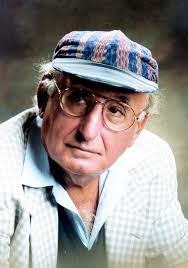
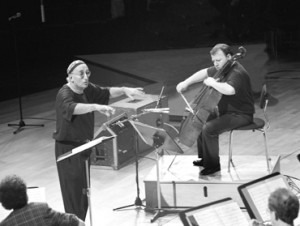 Composed for the cellist Heinrich Schiff in 1980, the work premiered at the Vienna Konzerthaus on 9 October 1981 with Schiff as the soloist and Gulda conducting. According to Gulda, Schiff only commissioned and performed this work because he wanted to make a recording of the
Composed for the cellist Heinrich Schiff in 1980, the work premiered at the Vienna Konzerthaus on 9 October 1981 with Schiff as the soloist and Gulda conducting. According to Gulda, Schiff only commissioned and performed this work because he wanted to make a recording of the 